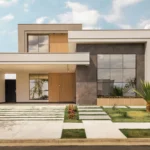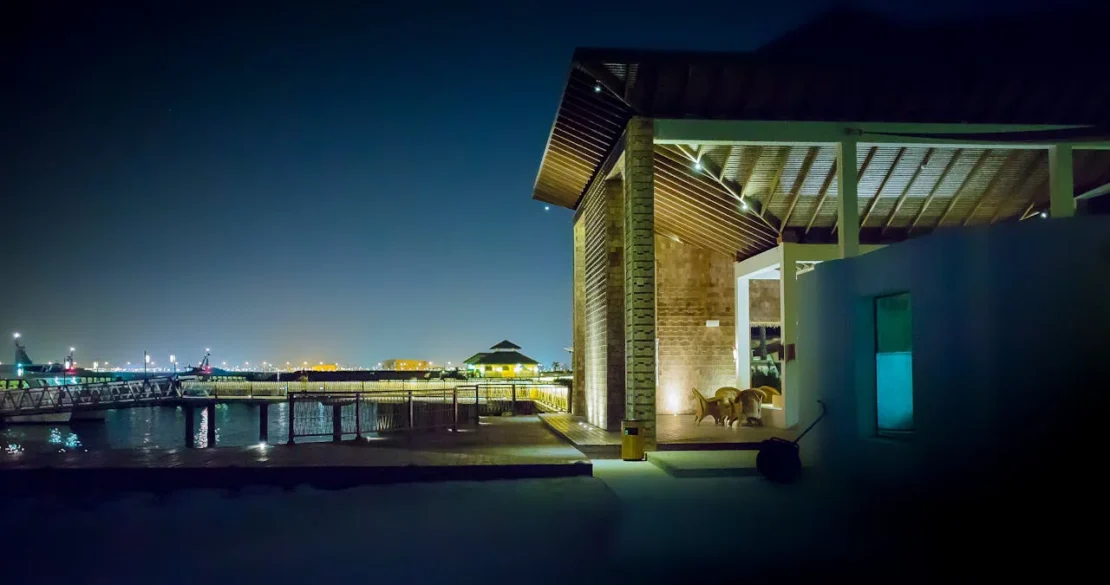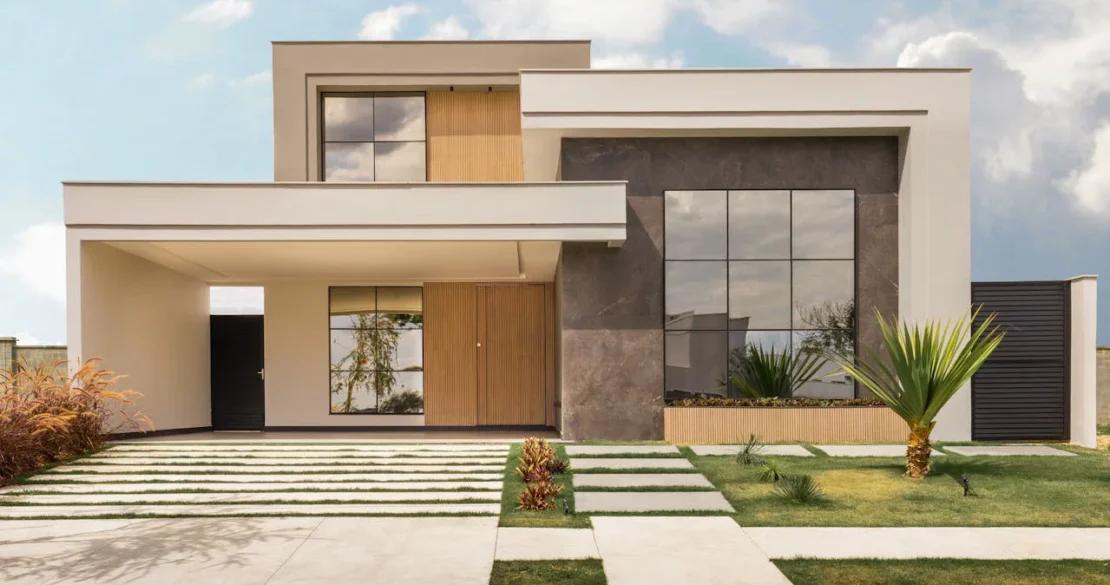Technology has profoundly transformed architectural design, influencing how architects conceptualize, plan, and execute their projects. From advanced software to innovative construction methods, technological advancements have reshaped the architectural landscape.
- Building Information Modeling (BIM):
BIM allows architects to create detailed 3D models that integrate structural, mechanical, electrical, and plumbing systems. This holistic approach enhances collaboration among stakeholders, reduces errors, and streamlines the construction process.
- Computational Design and Generative AI:
The integration of computational design tools and generative AI enables architects to explore complex forms and optimize building performance. By inputting specific parameters, these technologies can generate multiple design iterations, fostering innovation and efficiency.
- Digital Fabrication:
Technologies such as 3D printing and CNC machining have revolutionized the fabrication of building components. For example, the Tecla house in Italy was constructed using 3D-printed clay, showcasing how digital fabrication can lead to sustainable and cost-effective housing solutions. en.wikipedia.org
- Virtual and Augmented Reality (VR/AR):
VR and AR technologies allow architects and clients to immerse themselves in virtual models of projects. This immersive experience facilitates better understanding of spatial relationships and design aesthetics before construction begins. schaubprojects.com
- Artificial Intelligence (AI) in Design:
AI is being utilized to optimize design processes and enhance creativity. For instance, Zaha Hadid Architects employs AI to generate numerous design options quickly, improving productivity and innovation. thetimes.co.uk
- Sustainable Design Technologies:
Advancements in technology have enabled architects to design buildings that are more energy-efficient and environmentally friendly. Simulation tools can predict a building’s energy performance, allowing for the integration of sustainable features from the early design stages.
- Smart Building Systems:
The incorporation of IoT (Internet of Things) devices in architecture has led to the development of smart buildings. These systems can monitor and control various building functions, such as lighting, heating, and security, enhancing occupant comfort and energy efficiency. illustrarch.com
Conclusion:
The continuous evolution of technology in architecture not only enhances the efficiency and creativity of design processes but also leads to more sustainable and user-centric built environments. As technology advances, architects are equipped with innovative tools to meet the complex challenges of modern building design.







